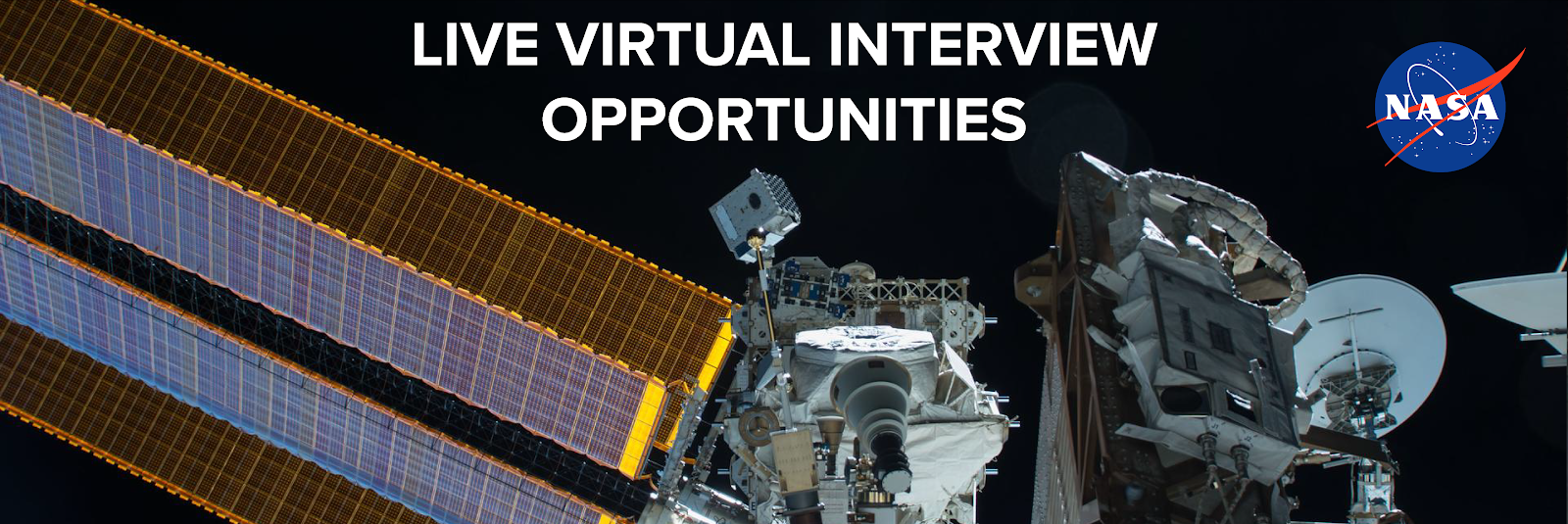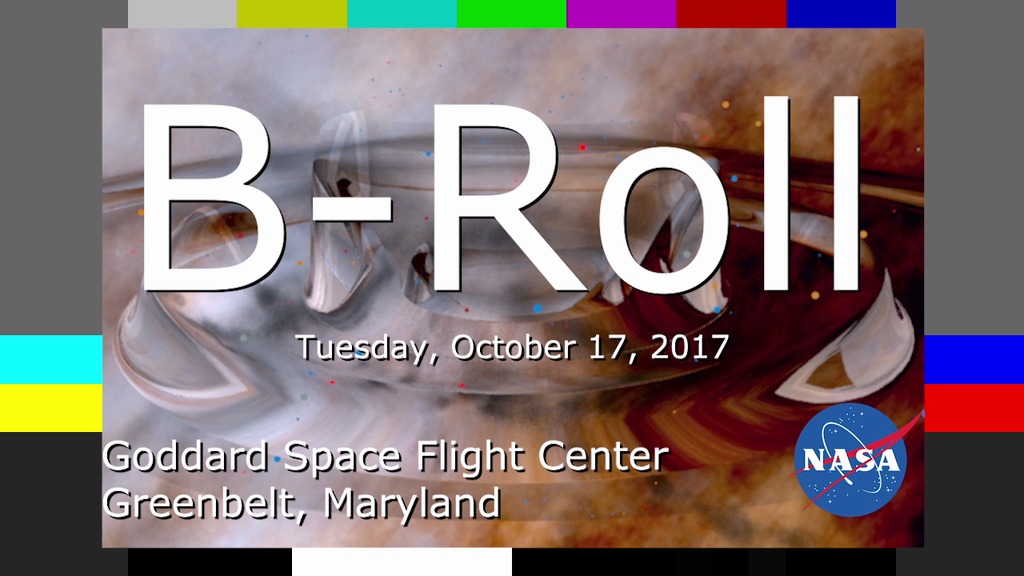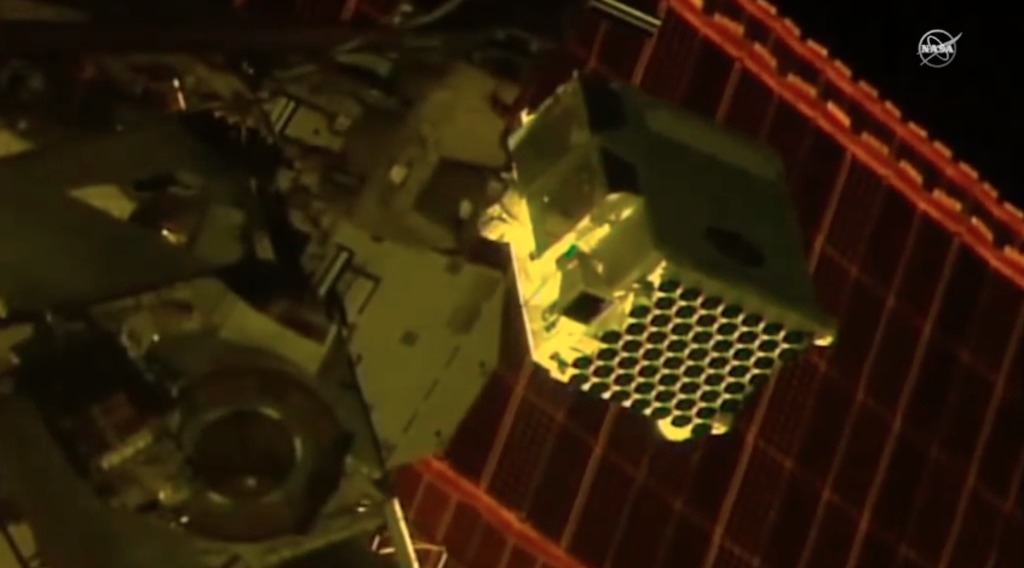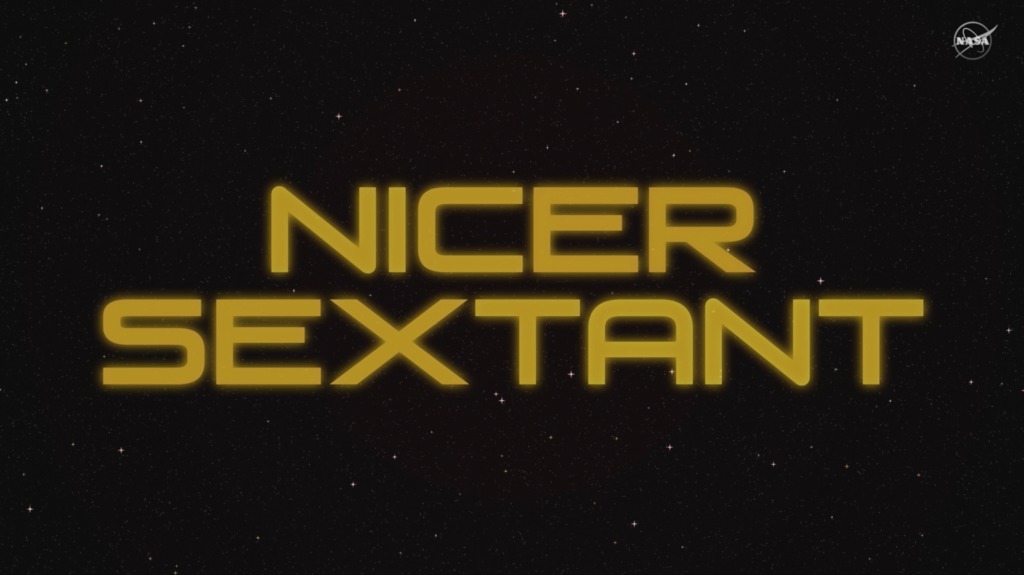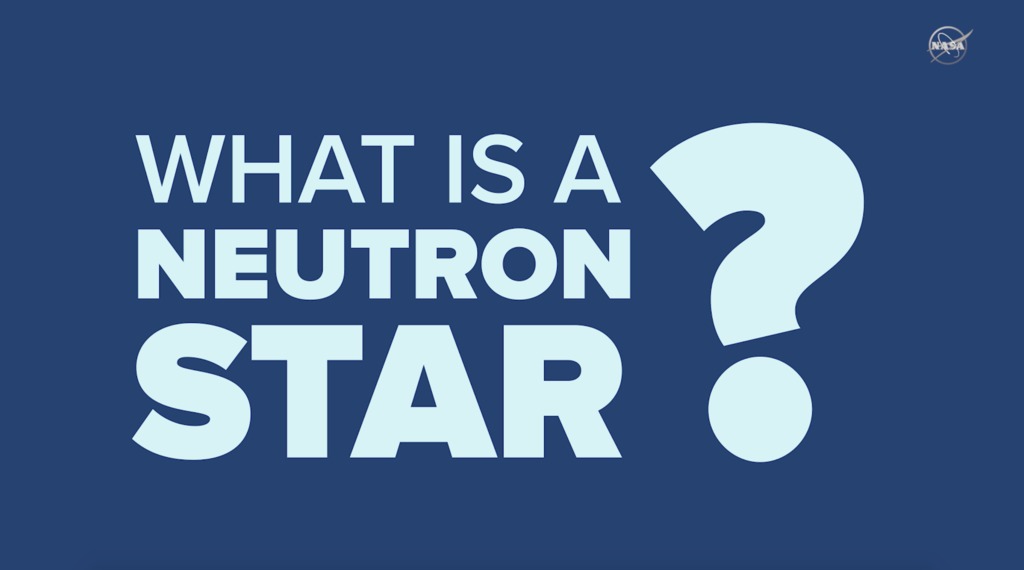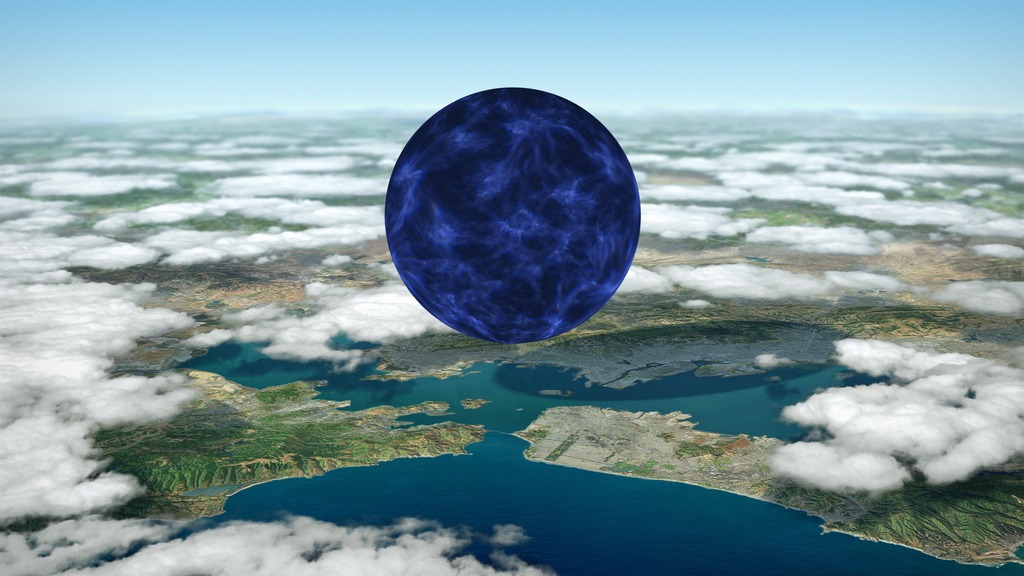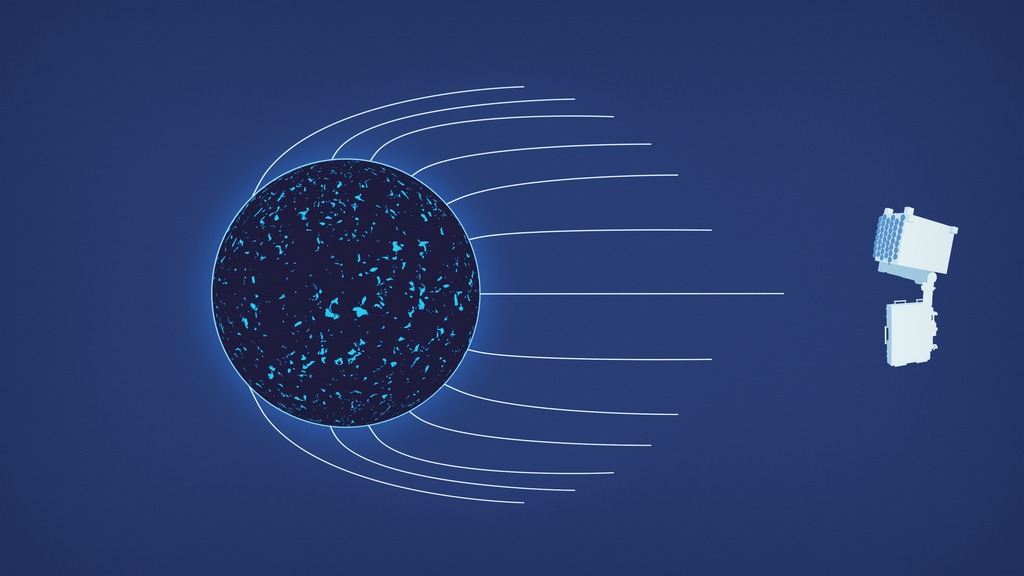NICER Payload Animations
Animated video and stills of the Neutron star Interior Composition Explorer (NICER) payload.
Wide angle view and zoom in of the NICER payload onboard the International Space Station.

High resolution (wide angle) animated still image of the NICER payload aboard the International Space Station.
Close up "beauty pass" of the NICER payload onboard the International Space Station.

High resolution (close up) animated still images of the NICER payload aboard the International Space Station.
Turntable of the NICER payload. The animation calls out locations of the payload’s star tracker camera, electronics, International Space Station attachment mechanism, 56 sunshields, pointing actuators and stow/deploy actuator.
For More Information
Credits
Please give credit for this item to:
NASA's Goddard Space Flight Center Conceptual Image Lab
-
Animator
- Walt Feimer (KBR Wyle Services, LLC)
-
Technical support
- Aaron E. Lepsch (ADNET Systems, Inc.)
Release date
This page was originally published on Wednesday, April 26, 2017.
This page was last updated on Wednesday, November 15, 2023 at 12:24 AM EST.
